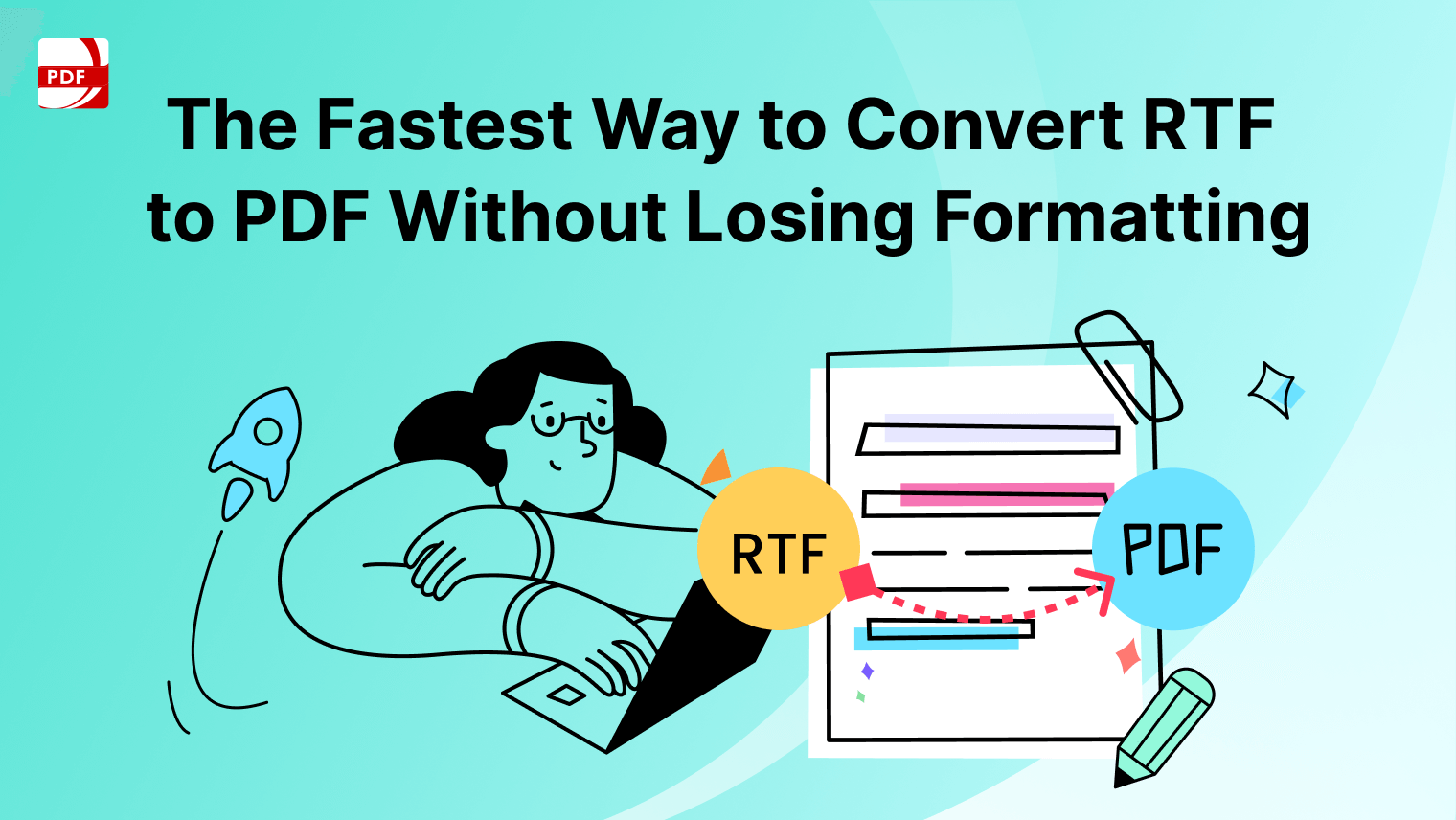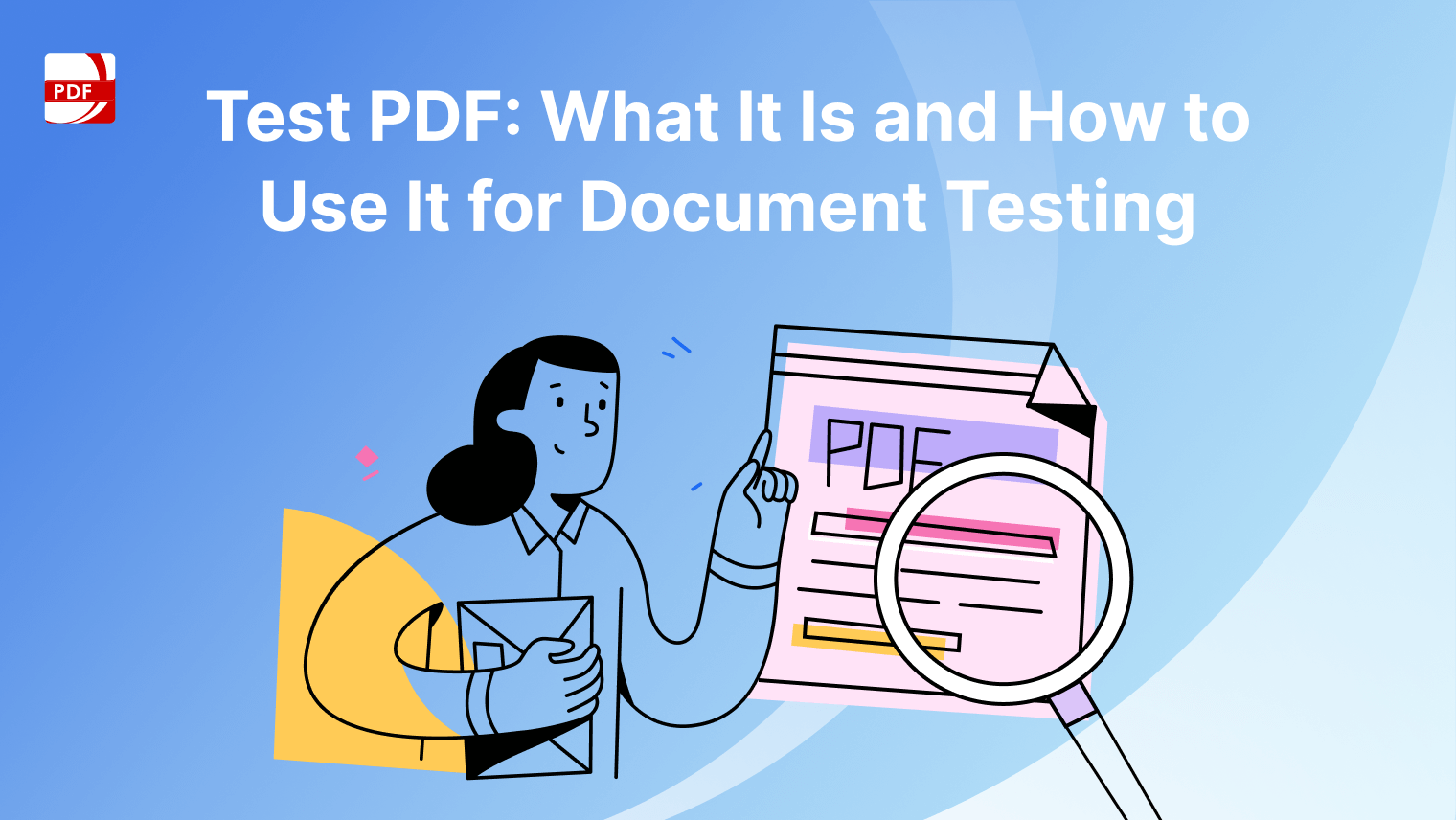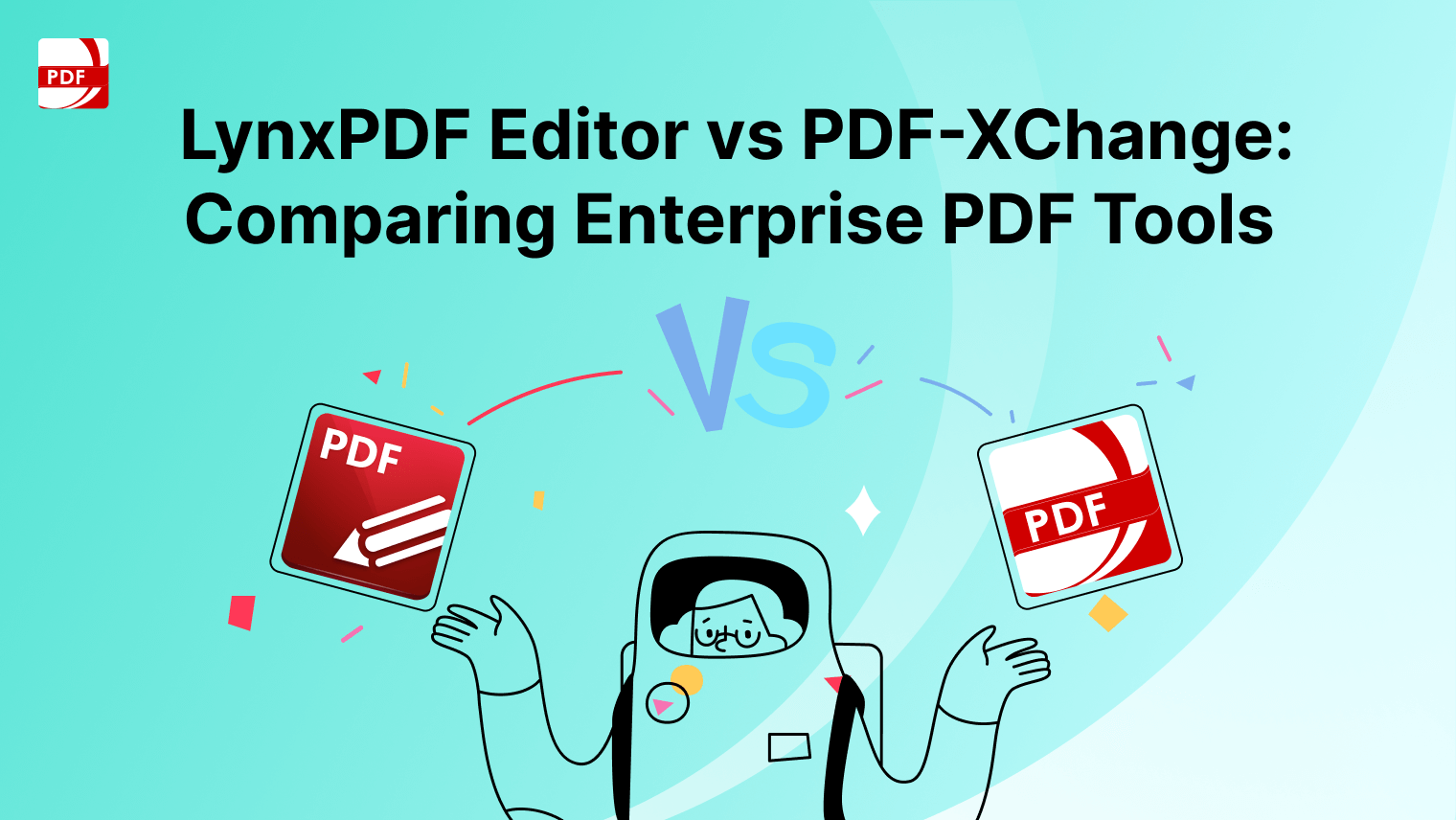This guide is your ticket to understanding the ins and outs of document security and PDF password protection. Whether you're figuring out password tricks or exploring the nitty-gritty of encryption, we've got you covered.
We'll dive into the basics of password security, from handling permission passwords to unraveling the world of removing security settings. The goal? To arm you with the knowledge you need to make sure your documents stay safe and sound in the ever-changing landscape of digital security.
How to Remove PDF Security Settings on Windows
If you have the necessary permissions, you can remove security from an open PDF on our desktop application. The ability to modify the PDF is exclusive to the policy author or a server administrator in the case of server-based security policies.
Step 1: Open Your Secured PDF File
Navigate to the "Open a PDF" tab, and click on "Security" in the left toolbar menu. Select the tab labeled "Remove Passwords."
Image source: PDF Reader Pro
Step 2: Remove Password
- For a document with only a Document Open password, click "Remove Password" to eliminate it from the document.
- If the document has a permissions password, input it into the "Enter Password" box and click "OK." Confirm the action by clicking "OK" again.
Image source: PDF Reader Pro
How to Remove PDF Security Settings on Mac
Easily access password-protected PDF files using PDF Reader Pro's intuitive interface on your Mac operating system.
Step 1: Click "Open File" on Home
- Open a password-protected file by entering the correct password.
- Click "Editor" to start removing PDF password protection on your temporarily unprotected PDF file permanently.
Image source: PDF Reader Pro
Step 2: Select "Security" from the Menu Bar
Select "Remove Security" to access the password-removing interface.
Image source: PDF Reader Pro
Step 3: Click "Remove Password"
Select the "Batch" button to remove several passwords on multiple PDFs in the program window.
Image source: PDF Reader Pro
You can also check our resume resource on Employee Goal Setting PDF Template.
Best Practice for PDF Security
When it comes to PDF files, security is paramount to protect sensitive information. PDFs often come with security settings, including permission passwords and printing restrictions. Here's a guide on best practices for all types of PDF security:
-
Understand Permission Passwords: Permission passwords restrict specific actions in a PDF, such as printing or editing. Knowing the permission details helps determine the appropriate steps to take.
-
Owner Passwords and Their Role: Correct user passwords provide full control over a PDF. Understanding the distinction between permission and owner passwords is crucial for effective security management.
-
Types of PDF Passwords: Understand the different types of PDF passwords, such as permission passwords, owner passwords, and their respective roles in controlling access and actions within the document.
-
Original Document Preservation: Always preserve the original, unsecured version of the PDF. Before applying any security settings, keep a backup copy to avoid accidental data loss or unwanted restrictions.
-
Use Strong Passwords: When setting passwords, adhere to best practices for password creation. Use a combination of uppercase and lowercase letters, numbers, and symbols to enhance password strength and resilience against unauthorized access.
-
Regularly Update Passwords: Implement a policy of regularly updating passwords for PDFs containing sensitive information. This practice adds an extra layer of security, especially in collaborative or dynamic document environments.
-
Track Permission Details: Keep a record of permission details associated with PDFs. This documentation ensures that you can easily manage and modify access rights when necessary.
-
Regularly Review Security Settings: Periodically review and audit the security settings of your PDF documents. This proactive approach helps identify potential vulnerabilities and ensures that security measures remain up-to-date.
-
Limit Access to Passwords: Restrict access to password information to authorized individuals only. Avoid sharing passwords through insecure channels and establish clear guidelines for managing and distributing passwords within your organization.
-
Educate Users on Security Practices: Provide training and awareness programs to users who handle password-protected PDFs. Educate them on the importance of adhering to security protocols and the potential risks associated with mishandling passwords.
-
Consider File Encryption: In addition to password protection, consider using file encryption for an added layer of security. File encryption ensures that even if unauthorized access occurs, the content remains unreadable without the correct decryption key.
-
Stay Informed About Security Updates: Keep your PDF software, whether it's Adobe Acrobat or other third-party tools, up-to-date. Regularly check for security updates and patches to address any vulnerabilities that could compromise the security of your PDF documents.
You can also check our guide on How to Remove All Highlights from a PDF.
Removing PDF Security Settings: FAQs
Removing PDF security settings requires careful consideration of the original password, the type of security in place, and the tools or services used. By following best practices and understanding the nuances of PDF security, you can ensure the integrity and accessibility of your PDF documents.
How can I remove security settings from a password-protected PDF?
To remove security settings, you typically need the correct password. Use Adobe Acrobat Pro DC or Adobe Reader to access the security settings and remove restrictions.
What if I forget the password for a PDF?
If you've forgotten the password, your options for document access may be limited. Try to recall the original password or consider using third-party tools designed for password recovery. Be cautious with online services to avoid unauthorized access.
Can I remove security settings without the original password?
Removing security settings without the original password is challenging and may involve using third-party software or online tools. However, exercise caution, as unauthorized attempts to access password-protected files may have legal implications.
Are there simple steps to remove security settings?
Yes, there are simple steps to remove security settings if you have the correct password. Open the PDF in PDF Reader Pro, Adobe Acrobat Pro DC or Adobe Reader, navigate to the security settings, and choose the option to remove or modify restrictions in the document properties.
Can online tools help in removing PDF security settings?
Some online tools claim to remove PDF security settings, but their efficacy and security can vary. Use reputable tools and services, and always prioritize file password security of your documents.
How do I remove printing restrictions from confidential documents?
To remove printing restrictions, open the PDF in Adobe Acrobat Pro DC. Navigate to the "Security" tab, select "Permission Details," and uncheck the printing restriction option. Save the document to apply the changes.
As we navigate the complexities of PDF security, it's evident that a well-informed and proactive approach is the key to unlocking the full potential of these versatile documents. By adhering to best practices, staying informed, and embracing a security-first mindset, users can ensure a seamless and protected experience with PDFs in the ever-evolving digital landscape.


